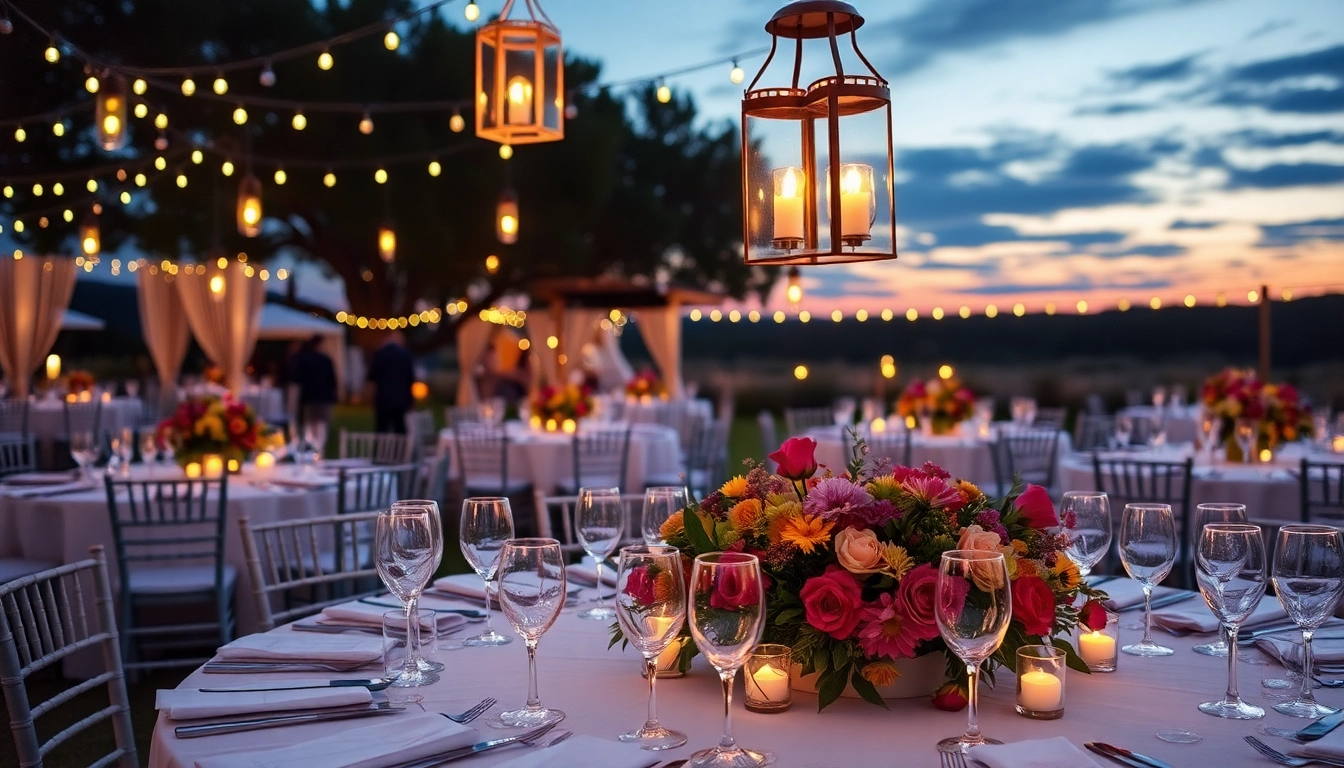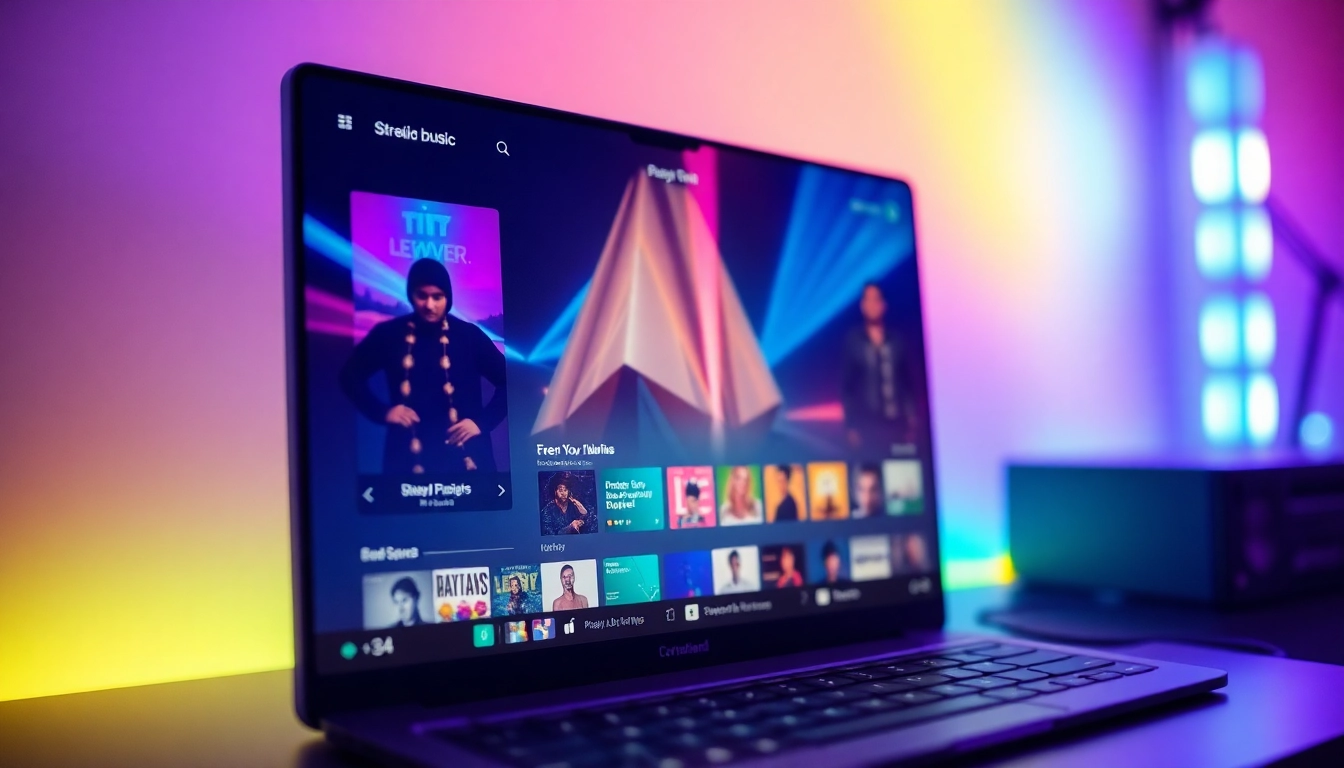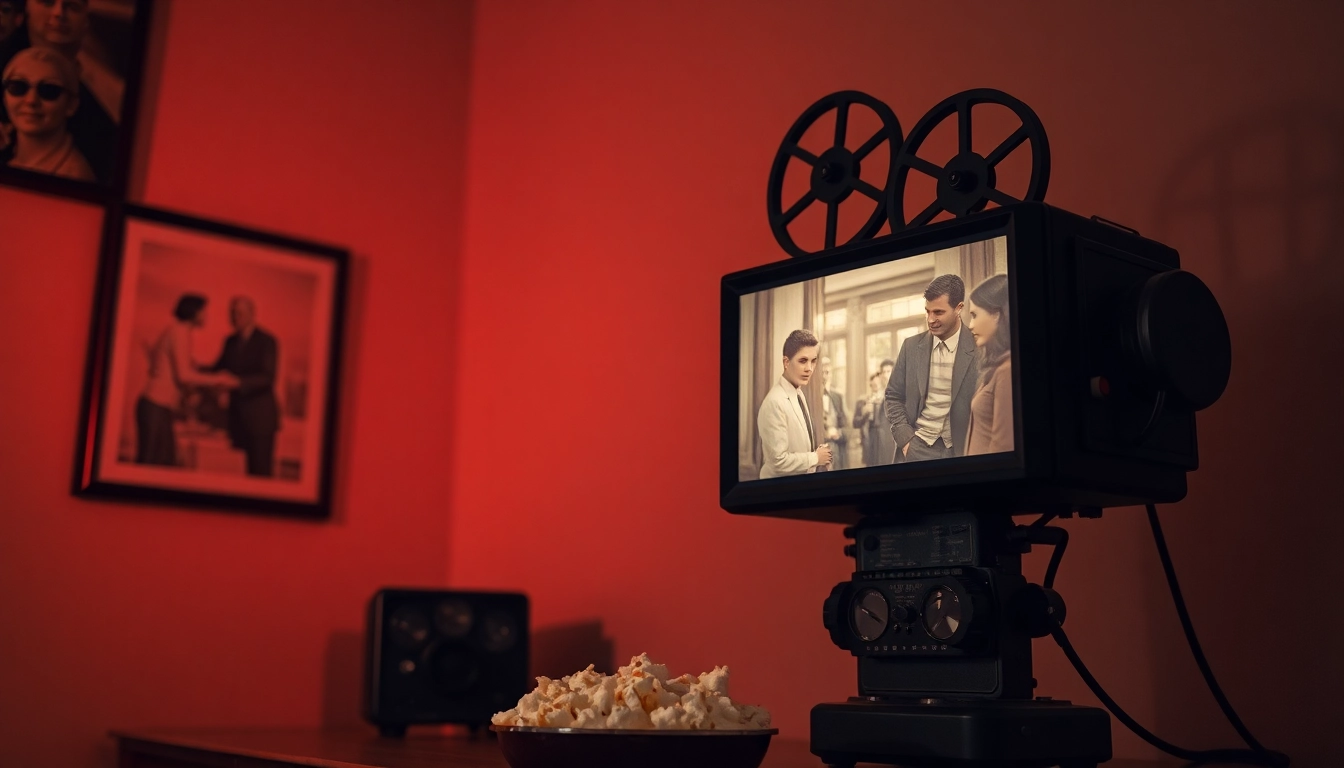Understanding the Passion of Live Music Fans
Defining What Makes Live Music Special
Live music transcends the typical listening experience, creating a unique atmosphere where emotion and energy collide. Every performance is a one-time event, making it a fleeting moment that fans strive to capture. The thrill of witnessing a favorite artist on stage, coupled with the immersive environment of a concert venue, transforms a simple song into a collective experience. When Live Music Fans gather, they participate in a ritual that reinforces their connection not only to the music but also to each other. The spontaneity of live performance, filled with unpredictability, heightens the senses and fosters a sense of community among attendees.
The Emotional Connection Between Fans and Artists
The bond between fans and artists is profound, often described as a relationship built on shared experiences and emotional resonance. When artists perform, they convey their personal stories and vulnerabilities through music, enabling fans to relate on a deeper, emotional level. This connection can manifest in various ways, such as through heartfelt ballads or uplifting anthems, that evoke feelings of nostalgia, joy, or catharsis. Additionally, fans often express their support and loyalty through a range of activities, from attending multiple shows to actively engaging with artists on social media platforms. This mutual appreciation and interaction not only enrich the fan experience but also provide artists with invaluable feedback and encouragement, making live performances an integral part of their career trajectory.
Profiles of Dedicated Live Music Fans
Identifying the different types of live music fans reveals the diversity and passion within the community. From festival-goers who travel the world, sampling different cultures through music, to local enthusiasts who support neighborhood bands, each fan has their unique motivations.
- The Die-Hard Fan: These individuals prioritize concert attendance, often traveling long distances to see their favorite artists multiple times. Their commitment can include collecting merch and engaging in fan communities.
- The Social Butterfly: For some, concerts serve as social events where they unite with friends and meet new people. The experience is less about the music and more about the shared atmosphere.
- The Casual Listener: While they may not plunge into the depths of the music scene, these fans enjoy attending concerts often for the experience rather than any particular attachment to an artist.
The Social Dynamics of Live Music Experiences
How Live Music Brings People Together
Live music serves as a powerful catalyst for social interaction and camaraderie. Regardless of background or geographic location, fans unite under a shared love for music. Concerts, festivals, and local gigs act as communal spaces where friendships are formed and memories created. The euphoria of singing along to the same chorus with thousands of others fosters a sense of belonging, illustrating why attendees often feel closer to each other during a live show than in everyday life.
The Role of Community in Concerts
The sense of community experienced at live music events enhances the overall enjoyment of the performance. Fans often find themselves part of a collective energy, where their individual passion blends into a larger, electrifying atmosphere. This aspect is particularly pronounced in festivals showcasing varied line-ups, where audience members bond over their shared musical tastes. Additionally, many music scenes foster local communities, supporting emerging artists and creating a network of like-minded enthusiasts passionate about discovering new sounds.
Networking Among Live Music Fans
Attending concerts not only serves as entertainment but also provides excellent networking opportunities for fans. Many individuals capitalize on their shared interests to form connections that extend beyond the concert as they exchange contact information, discuss upcoming shows, and even collaborate on music-related projects. Online platforms, such as fan clubs and social media groups, further facilitate these connections, allowing fans to share experiences, trading concert insights, and organizing meet-ups, enhancing their overall engagement within the community.
Challenges Faced by Live Music Fans
Accessibility Issues at Concerts and Festivals
Despite the thrilling experience of live music, fans often encounter accessibility challenges that can hinder their enjoyment. Venue constraints, such as insufficient accommodations for individuals with disabilities or lack of transportation options, contribute to these barriers. Ensuring that concerts are fully accessible is critical for organizers, as it allows a wider range of attendees to connect and engage with the performances. Fans advocate for improved accessibility features, such as wheelchair-accessible seating, sensory-friendly areas, and accommodations for those with hearing impairments to ensure that live music is inclusive and allows everyone to partake.
Consumer Trends in Live Music Attendance
As the landscape of live music continues to evolve, so do the trends impacting attendance. The rise of streaming services, the impact of major global events like the COVID-19 pandemic, and the integration of technology have significantly affected how fans experience live performances. Data indicates a growing preference for smaller, intimate venues where fans can connect more closely with artists, as well as a keen interest in festival culture that combines multiple acts with unique experiences. Staying abreast of these trends is pivotal for both artists and venues, as understanding fan preferences can lead to more successful events.
Dealing with Concert Logistics: Tickets and Travel
Logistics play a critical role in the overall experience for live music fans. The competition for tickets often leads to frustration, especially for high-demand shows where loyal fans may be shut out due to rapid sell-outs or scalpers. Additionally, travel and accommodation can add layers of complexity to fans’ concert experiences. As a solution, many fans opt for comprehensive planning or use reputable ticketing sites that offer fair pricing strategies. Moreover, forming travel groups can lighten the financial burden while enhancing the overall experience by making the journey part of the concert adventure.
Engaging with the Live Music Community
Best Practices for Finding Concerts and Events
Keeping an eye on local and touring musicians can be simplified through various channels. Utilizing platforms like Songkick, Bandsintown, or even social media allows fans to stay updated on upcoming concerts and events in their area. Moreover, following artists on social media, signing up for mailing lists, or engaging with local music blogs can provide insights on unique performances that may not be widely advertised. Adopting a mixed approach ensures that fans don’t miss out on exciting opportunities to connect with their favorite artists and fellow fans.
Utilizing Social Media to Connect with Fans
Social media has revolutionized how live music fans interact with both artists and each other. Platforms like Instagram and Twitter allow fans to share their experiences in real time, fostering a sense of community that extends beyond the venue. Additionally, creators can engage their audience through live chats, Q&A sessions, and exclusive content, enhancing the bond between artists and fans. Using hashtags specific to events can create an online hub where attendees can share photos and stories, reinforcing the connection that started at the concert.
Participating in Online Forums and Fan Clubs
Online forums and fan clubs play a vital role in building community among live music fans. These platforms provide spaces where fans can discuss their favorite artists, share concert experiences, and connect with others who share their passion. Engaging in fan clubs often opens avenues for exclusive content, early ticket sales, and special meet-and-greet opportunities. Moreover, they play a crucial role in fostering discussions that extend the concert experience by allowing fans to delve into deeper analyses of albums or performances, enriching their understanding and appreciation of the music.
Measuring the Impact of Live Music on Fans
Assessing Fan Engagement and Satisfaction
Understanding the level of fan engagement and satisfaction is key to ensuring that live music events continue to thrive. Organizers and artists often rely on direct feedback through post-concert surveys or social media polls to gauge attendees’ experiences. Metrics like repeat attendance, social media mentions, and overall fan sentiment can provide invaluable insights into what fans appreciate most about live performances. Additionally, focusing on elements such as sound quality, venue ambiance, and artist interaction will help improve future concerts, ensuring that fans leave with lasting memories.
Using Surveys to Gather Feedback
Surveys serve as a strategic tool for artists and promoters to collect feedback from their audience. By administering surveys post-event, organizers can ask specific questions related to various aspects of the concert, including logistics, performance quality, and overall satisfaction. Analyzing this data helps to highlight strengths and identify areas for improvement, allowing for tailored experiences in the future. Happy fans are more likely to spread positive word-of-mouth, ultimately attracting more attendees to upcoming events.
Metrics that Matter: Attendance vs. Experience
While attendance numbers are often used as a performance metric, assessing the overall experience is equally vital for measuring the success of live music events. High attendance numbers may not accurately reflect fan satisfaction, particularly if attendees leave feeling disappointed. Instead, factors such as engagement, interaction, and emotional impact should be prioritized alongside attendance statistics. By evaluating both sides, organizers can create more compelling and memorable concerts that resonate with fans and encourage ongoing loyalty to their brands.



